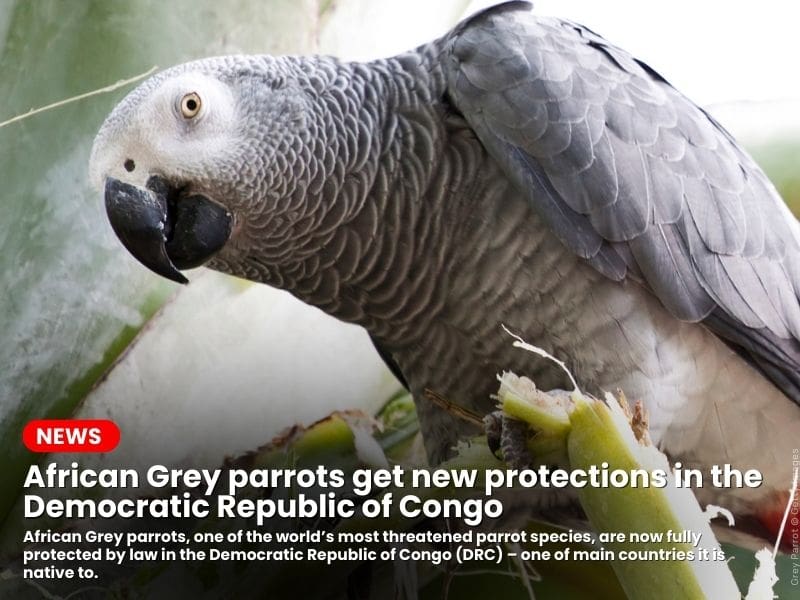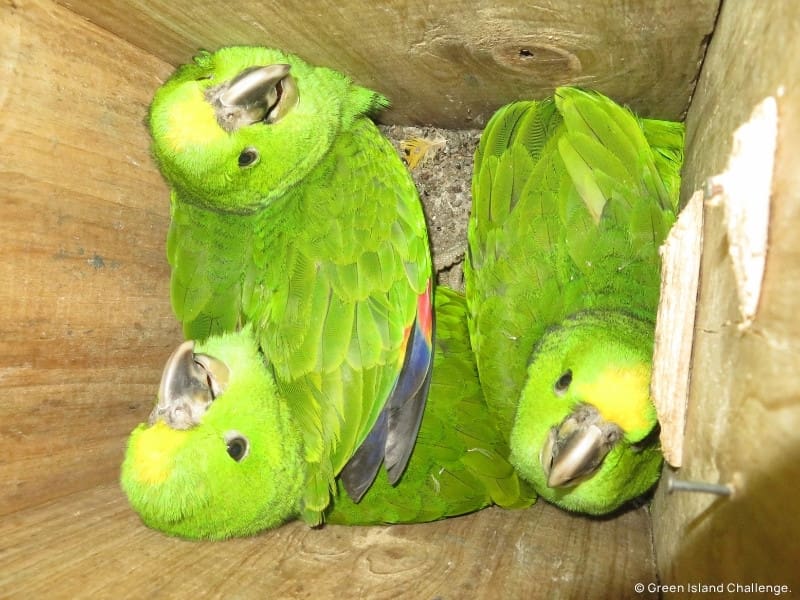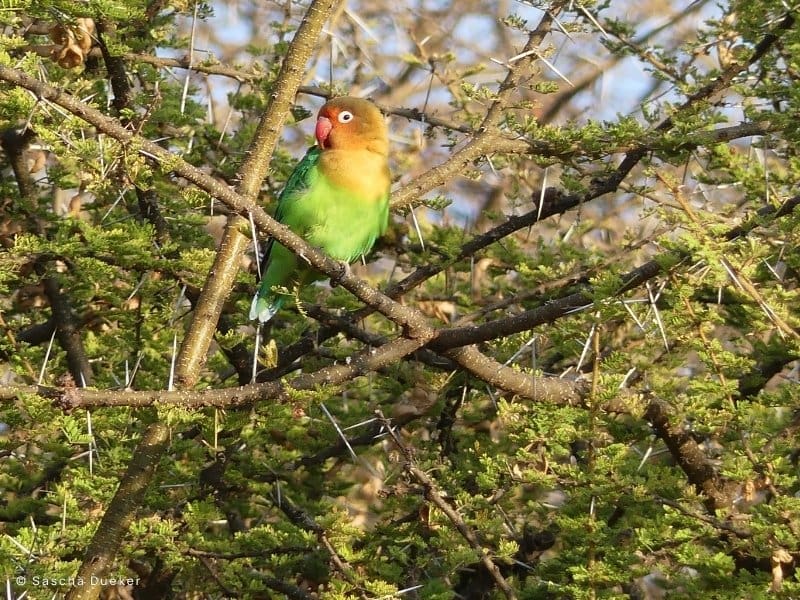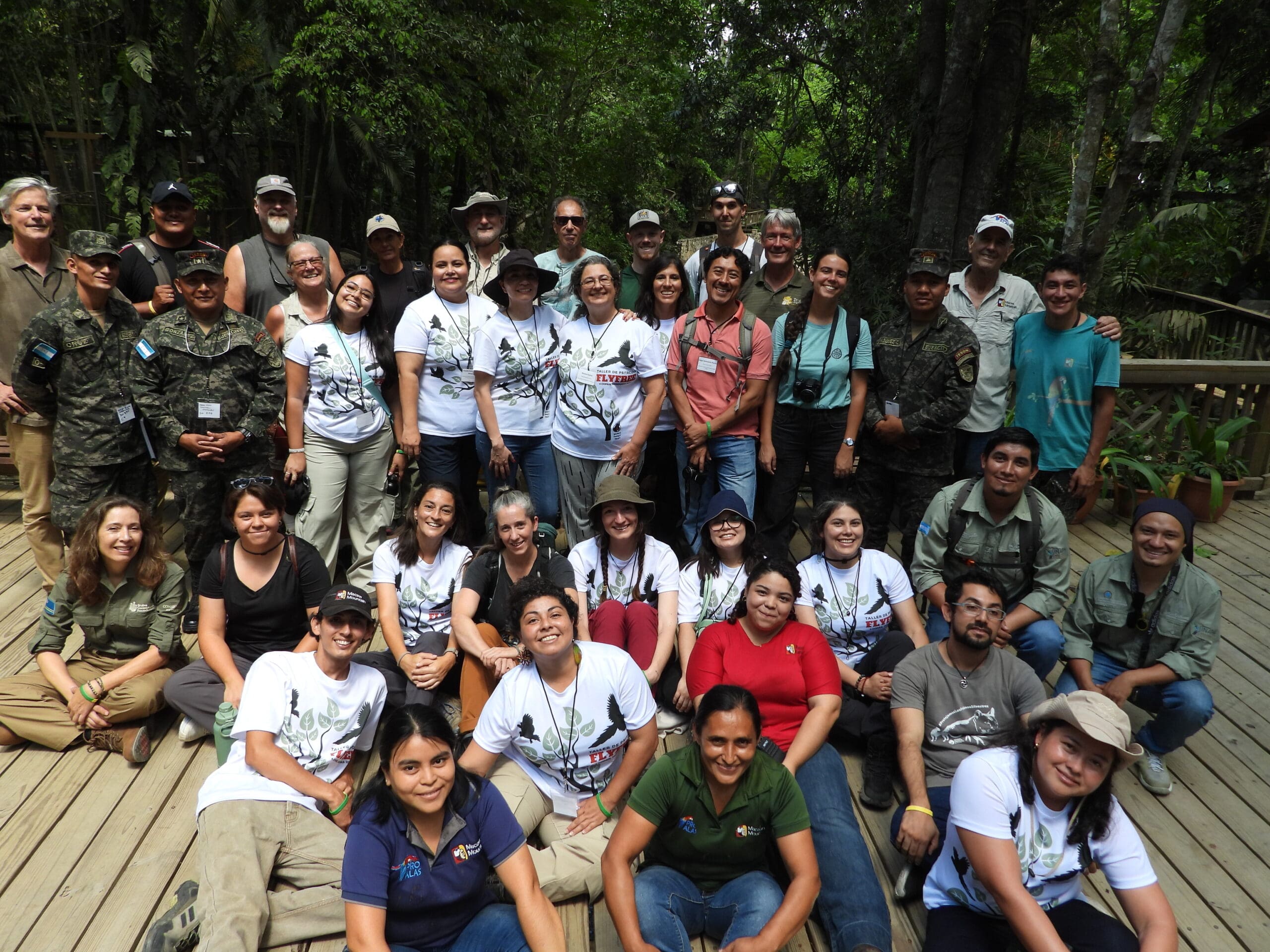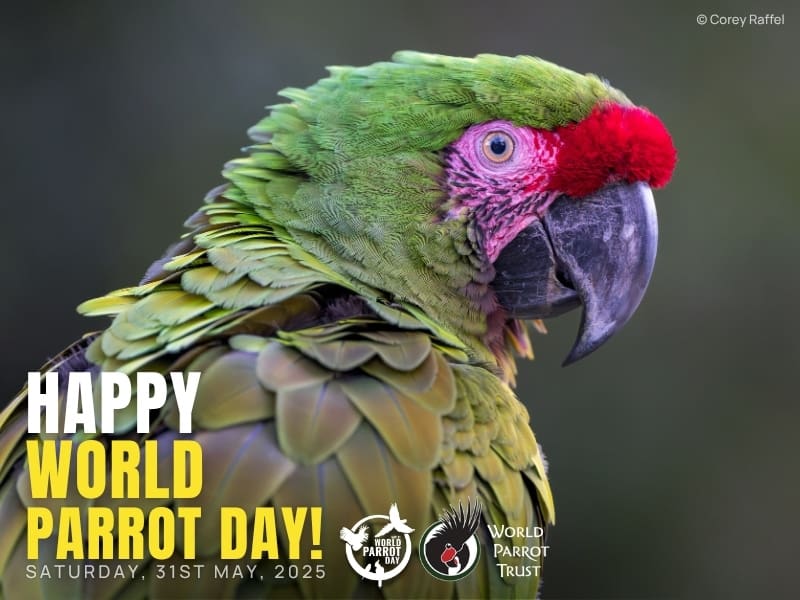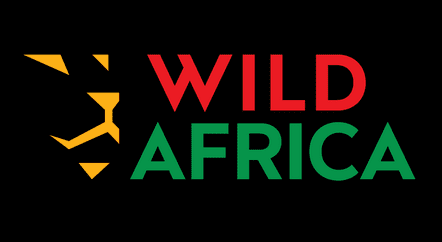African Grey parrots get new protections in the Democratic Republic of Congo
African Grey parrots get new protections in the Democratic Republic of Congo African Grey Parrots, one of the world’s most heavily trafficked parrot species, are now fully protected by law in the Democratic Republic of Congo following the passing of...

